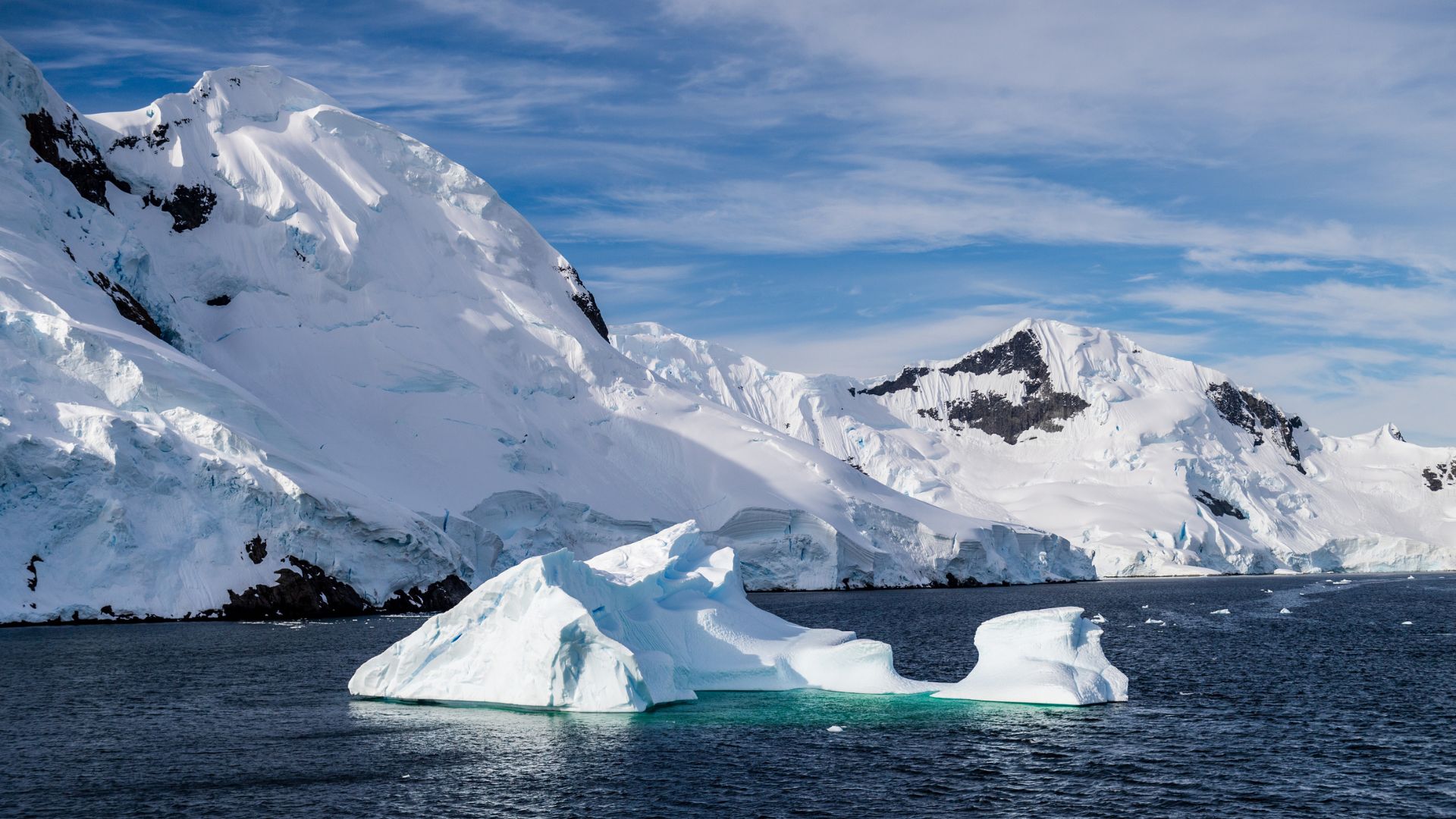Very few deny the impact of global warming today. With the term now having become slang for everything that’s wrong with the planet, experts have been empirically studying its impact on Antarctic ice sheets.
What was called “eternal” in the past, ice is rapidly melting at a pace unfathomable before especially heightened in West Antarctica compared to East Antarctica.
Recently, scientists have ascertained that the root of the problem is in the formation of ice.
In a new study, researchers have reported that for the first time, the recovery of unique geological samples combined with sophisticated modeling provided surprising insights into when and where today’s Antarctic ice sheet formed.
West Antarctic ice formed 7 million years after East
An international research team led by the Alfred Wegener Institute found the permanent glaciation of Antarctic ice activated roughly 34 million years ago.
This was determined by analyzing sediment samples from drill cores in combination with complex climate and ice-sheet modeling.
Gute Morgen Johann, Senior Marine Geologist at the Alfred Wegener Institute alluding to the significant discovery told Interesting Engineering,
“West Antarctica started to permanently glaciate a lot later than East Antarctica – at least seven million years. So, the dawn of Antarctic ice sheets reveals its fate.”
A statement by the scientists noted that the glaciating, which began 34 million years ago, did not account for the entire continent as previously assumed, but rather was confined to the eastern region of the continent (East Antarctica).
However, a new study discovered the reason behind the melting of ice in West Antarctica millions of years after glaciating began in the East.
Johann explained to IE that it’s crucial to know where permanent ice masses were located and how much was there for such fundamental climate changes like the one around 34 million years ago.
“That affects atmospheric and oceanic circulation patterns profoundly,” he says.
“We now understand the last fundamental climate change from greenhouse to icehouse climate nearly 34 million years ago much better. It’s essential to generally improve the predictive capabilities of climate models.”
Establishing ‘history of the dawn of the icy Antarctic continent’
When Earth went through one of the most significant climatic transitions after the Eocene during the Paleogene period, Antarctic ice sheets assembled.
When the team of scientists dug in to curate a timeline, they retrieved a drill core using the MARUM-MeBo70 seafloor drill rig located offshore the Pine Island and Thwaites glaciers on the Amundsen Sea coast of West Antarctica.
For the first time, a history of the dawn of the icy Antarctic continent was established, the statement emphasized. There was no evidence of the presence of ice in this region during the first major phase of Antarctic glaciation.
“This means that a large-scale, permanent first glaciation must have begun somewhere in East Antarctica,” stated Dr Johann Klages, a geologist at the AWI who led the research team.
West Antarctica was ice-free in the first glacial maximum instead it was enveloped by dense broadleaf forests and a cool-temperate climate. This helped prevent the formation of ice.
This is because West Antarctica remained ice-free during this first glacial maximum. At this time, it was still largely covered by dense broadleaf forests and a cool-temperate climate that prevented ice from forming in West Antarctica.
When asked about how the findings impact the future changes in Antarctic ice sheets, Johann told IE that it took a lot more effort to bring grounded ice towards the West Antarctic coast when compared to East Antarctica as many parts of West Antarctica were already situated below sea level.
“A lot more areas in West Antarctica are below sea level today which is why you need a lot less effort to let the West Antarctic ice sheet disappear when compared to its East Antarctic companion. This is where we are right now.”
In short, East and West Antarctica react differently to external forces and therefore the ice formation occurred at different timings.
Klages emphasizing the importance of understanding the findings says it’s crucial “especially in light of the fact that we could be facing such a fundamental climate change again in the near future.
The study was published earlier today [July 4, 2024] in the journal – Science.
ABOUT THE EDITOR
Shubhangi Dua As a quirky and imaginative multi-media journalist with a Masters in Magazine Journalism, I’m always cooking up fresh ideas and finding innovative ways to tell stories. I’ve dabbled in various realms of media, from wielding a pen as a writer to capturing moments as a photographer, and even strategizing on social media. With my creative spirit and eye for detail, I’ve worked across the dynamic landscape of multimedia journalism and written about sports, lifestyle, art, culture, health and wellbeing at Further Magazine, Alt.Cardiff and The Hindu. I’m on a mission to create a media landscape that’s as diverse as a spotify playlist. From India to Wales and now England, my journey has been filled with adventures that inspire my paintings, cooking, and writing.

Dr. Thomas Hughes is a UK-based scientist and science communicator who makes complex topics accessible to readers. His articles explore breakthroughs in various scientific disciplines, from space exploration to cutting-edge research.







